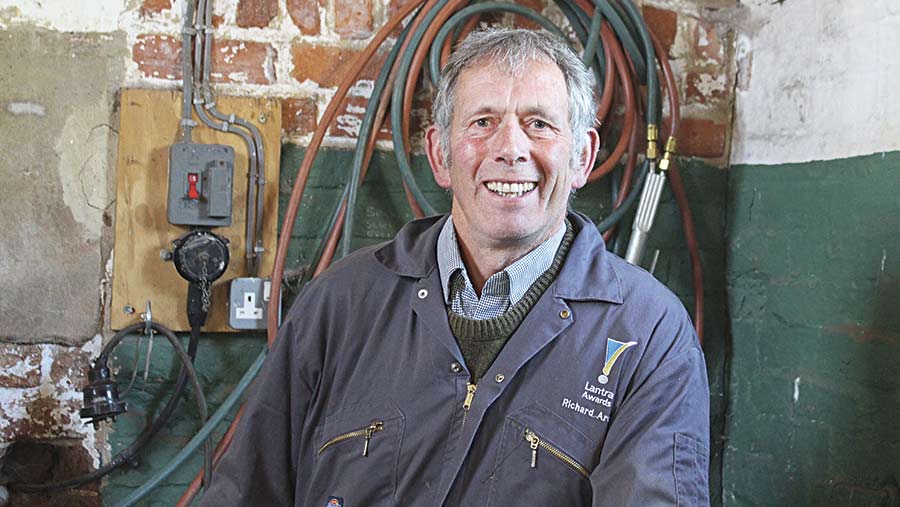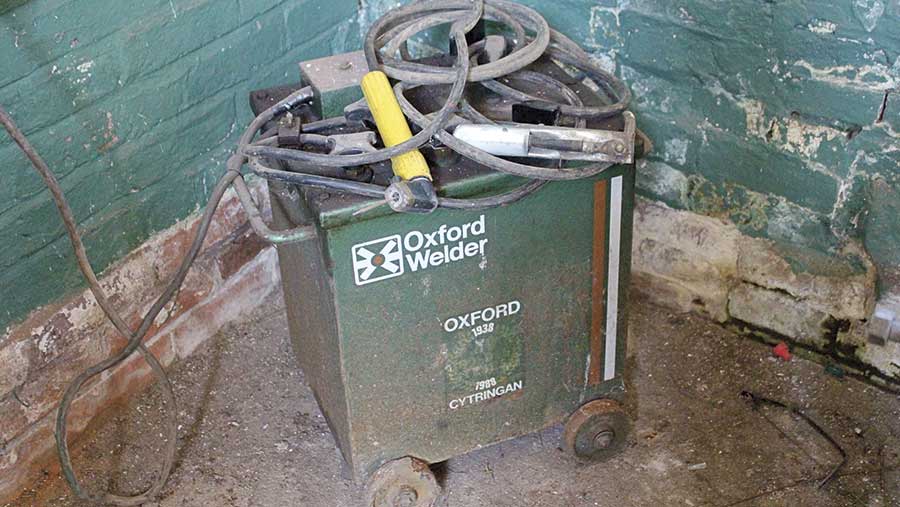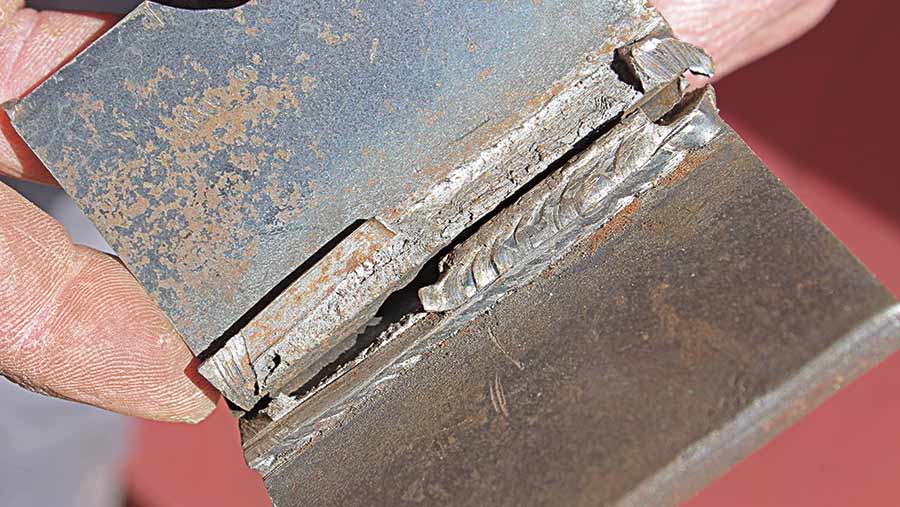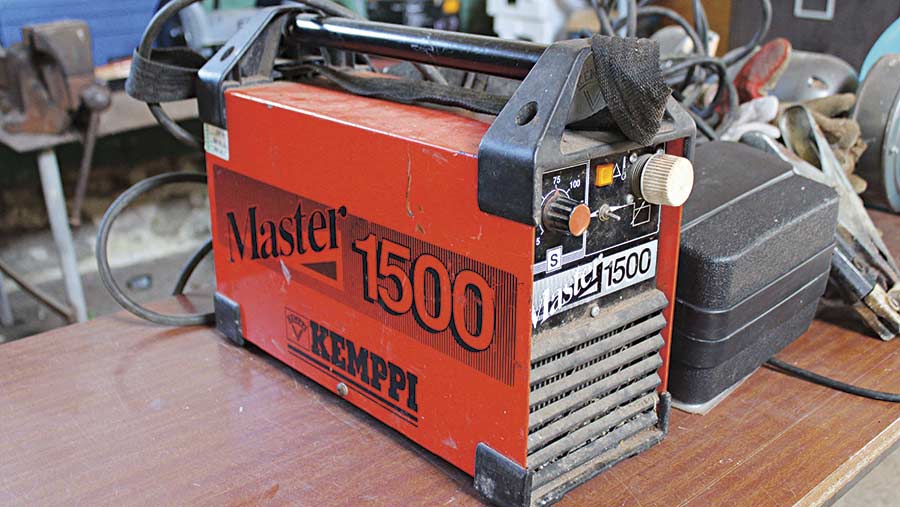Workshop tips: Making the perfect arc weld
Mixed farmer Richard Archer has spent more than 35 years teaching the agricultural fraternity to weld, which makes him more than qualified to give advice on arc welding to help farmers polish up their technique.
Mr Archer teaches farmers and farmworkers to weld through a series of college and on-farm courses with Lantra and is an external quality assurer for City & Guilds at agricultural training centres and colleges.
We paid Mr Archer a visit to find out what mistakes farmers are making in the workshop and to get a few tips on improving arc welding technique.
See also: Workshop legends: We visit Norfolk’s master mechanic John Towell

Richard Archer ©James Andrews
Richard Archer’s advice on arc welding
When it comes to general farm workshop repairs, the trusty old arc welder takes some beating. While the MIG has to have squeaky clean, rust-free metal, the heat and flux coating of the arc electrodes means they can deal a little better with the odd rust barnacle and crusty paint flake.
Electrode angle
A lot of people hold the electrode at the wrong angle, which gives less-than-ideal fusion. For the best results the rod should be held at about 75 degrees to the work.
Vertical welds
Vertical welds are tricky and it takes a bit of practice to do a decent one. The correct technique for thicker material is to weld up the joint using a weaving action. Welding down is often used and will look tidy, but the strength is limited.
It’s better to take the time to do an up weld and accept the fact that it’s not going to look as neat as a downward weld. I actually like the look of them and you can be safe in the knowledge it will be a lot stronger.

Transformer arc welder © James Andrews
Electrode size
Often people have just one box of electrodes on the farm, but ideally you should have two or possibly three.
For most farm jobs, 2.5mm and 3.5mm electrodes should do the job. Even for thick metal you often start with a smaller rod, laying a root weld right into the joint. You can then work your way up to the bigger rods.
For those that want to weld really thick metal like RSJs it’s worth having a box of 4mm rods at hand too.
Arc gap
Beginners in particular can struggle to maintain the correct arc gap. As a rough guide this should be about the same distance as the diameter of the steel core wire in the centre of the electrode being used.
If the arc gap is too short the arc can be erratic and the rod can stick to the metal. If it’s too long you can get excess spattering and porosity in the weld.
Speed of travel
Travelling too slowly creates a wide bead of weld that deposits too much welding material, which can cause poor penetration and a weaker weld.
When you are travelling at the correct speed the weld will have a smooth finish with an even ripple effect on the surface.

Weld test © James Andrews
Damp electrodes
Damp electrodes not only make it more difficult to lay down a decent weld, they also weaken the weld by introducing porosity.
Electrodes should be stored in a dry building that doesn’t suffer from condensation and should be dried if they become damp.
Specialist electrodes
There are plenty of specialist electrodes available that allow arc welders to lay down hard facing, weld cast metals or stainless steel.
Some of these are challenging to use with traditional AC transformer welders, but they’re fairly straightforward with inverter welders that power the electrode with direct current (DC).

Arc inverter welder © James Andrews

